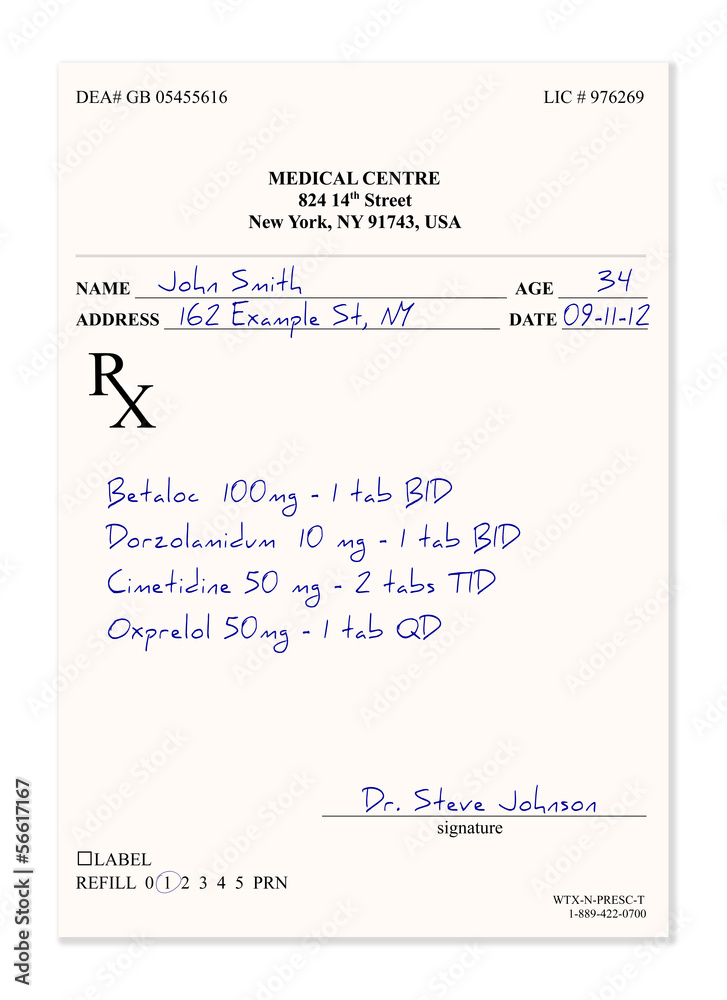The prescription drug Flomax, also known by its generic name tamsulosin, is a medication primarily used to treat the symptoms of benign prostatic hyperplasia (BPH), a condition in which the prostate gland is enlarged and can cause urinary problems. It is an alpha-blocker, a class of medications that relax the muscles in the prostate and the bladder neck, making it easier to urinate.
Understanding Benign Prostatic Hyperplasia (BPH)
BPH is a common condition affecting men, particularly as they age. The prostate gland surrounds the urethra, and as it enlarges, it can squeeze the urethra, affecting urine flow. Symptoms of BPH can include difficulty starting to urinate, weak urine flow, frequent urination, urgency to urinate, and waking up multiple times at night to urinate. If left untreated, BPH can lead to complications such as urinary tract infections, bladder stones, and kidney damage.
How Flomax Works
Flomax works by blocking the alpha-1 receptors found in the smooth muscle of the prostate and bladder neck. By relaxing these muscles, it helps to improve urine flow and reduce the symptoms of BPH. It does not shrink the size of the prostate but helps to alleviate the obstructive symptoms, making it easier for men with BPH to urinate.
Dosage and Administration
The usual dose of Flomax for the treatment of BPH symptoms is 0.4 mg once daily, approximately 30 minutes after a meal. It’s essential to take the medication at the same time each day to maintain its effectiveness. The capsules should be swallowed whole and not crushed, chewed, or opened, as this can affect the drug’s release mechanism.
Side Effects and Interactions
Like all medications, Flomax can cause side effects, although not everyone experiences them. Common side effects include dizziness, lightheadedness, headache, and sexual problems such as decreased libido or ejaculatory problems. Less common but more serious side effects can include a sudden drop in blood pressure when standing up from sitting or lying down (orthostatic hypotension), and priapism, a painful erection that lasts for hours.
It’s also crucial to be aware of potential drug interactions. Flomax can interact with other medications, including certain antibiotics, antifungals, and HIV medications, which can increase the risk of side effects. Additionally, it’s recommended to avoid taking Flomax with other alpha-blockers or medications that can lower blood pressure, as this can increase the risk of hypotension.
Important Safety Information
One of the most critical pieces of safety information regarding Flomax is related to its potential to cause a condition known as “floppy iris syndrome” during cataract surgery. Patients considering cataract surgery should inform their ophthalmologist that they are taking Flomax. The medication can be continued, but the surgeon needs to be aware of the potential risk to adjust their surgical technique accordingly.
Alternatives and Combination Therapies
While Flomax is effective for many men with BPH, some individuals may not respond adequately to alpha-blocker therapy or may experience side effects that necessitate an alternative approach. Other classes of medications, such as 5-alpha reductase inhibitors (e.g., finasteride, dutasteride), can be used alone or in combination with alpha-blockers like Flomax. These medications work by shrinking the size of the prostate, which can help to alleviate symptoms over time.
Lifestyle Modifications
In addition to medication, several lifestyle modifications can help manage the symptoms of BPH. These include limiting fluid intake in the evening to reduce nighttime urination, avoiding diuretics like caffeine and alcohol, practicing pelvic floor exercises (Kegel exercises), and maintaining a healthy weight, as excess weight can exacerbate BPH symptoms.
Conclusion
Flomax is an effective treatment for the symptoms of benign prostatic hyperplasia, offering relief from urinary problems associated with an enlarged prostate. While it is generally well-tolerated, understanding its potential side effects and interactions is crucial. By combining medication with lifestyle modifications, many men can manage their BPH symptoms effectively and improve their quality of life.
What is the primary use of Flomax?
+Flomax, or tamsulosin, is primarily used to treat the symptoms of benign prostatic hyperplasia (BPH), a condition characterized by an enlarged prostate gland that can cause urinary problems.
How does Flomax work to alleviate BPH symptoms?
+Flomax works by relaxing the muscles in the prostate and the bladder neck through its action as an alpha-blocker, making it easier to urinate and thereby reducing the symptoms of BPH.
What are the potential side effects of taking Flomax?
+Potential side effects of Flomax include dizziness, lightheadedness, headache, and sexual problems. Less common but more serious side effects can include orthostatic hypotension and priapism.
Can Flomax be used in combination with other medications for BPH?
+Yes, Flomax can be used in combination with other classes of medications, such as 5-alpha reductase inhibitors, to manage BPH symptoms more effectively in some patients.
What are some lifestyle modifications that can help manage BPH symptoms?
+Lifestyle modifications include limiting fluid intake in the evening, avoiding diuretics like caffeine and alcohol, practicing pelvic floor exercises, and maintaining a healthy weight to help manage BPH symptoms.


